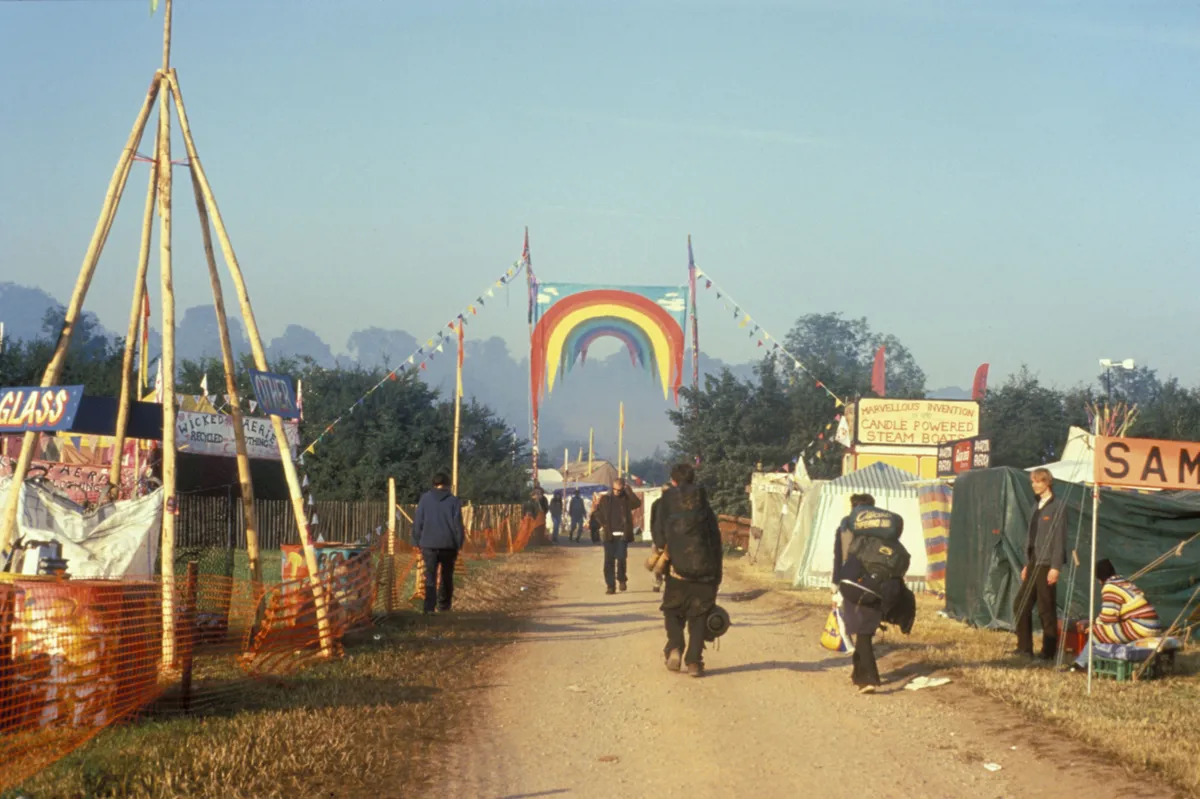Look at YouTube, Pinterest et al and you would be forgiven for thinking that ASMR is a young-person thing.
You would also be forgiven for thinking “what is ASMR?” as the term was only coined in 2010. Standing for Autonomous Sensory Meridian Response, it broadly means the relaxed feeling induced by particular sounds or touch. Gazillions of videos anaesthetise their viewers, with whispering, slime being manipulated, hair-brushing and boundless close-to-the-mic variations.
In fact, this hypnosis spans the generations, even if it is revealed IRL (in real life) for us older folks. On a windy shoot on the Solent a few weeks ago, my eyes began a sleep-inducing roll when the rigging tinged incessantly on the masts in a boatyard. I got the same feeling watching the drama of Shackleton’s Endurance heading into the frigid waters of the Antarctic. Wild stormy weather in a freezing sea: what could be more relaxing? It’s clear that ASMR can vary enormously from person to person. There are thousands of sounds from nature online to send you to unconscious oblivion for the night. Imagine my delight at a Spotify discovery: Wooden Tall Ship in a Storm, lasting eight straight hours.
Nevertheless, bringing nature indoors is a poor second to the real thing. In a basement multi-storey concrete car park, a rendition of the dawn chorus gets piped through the speakers, sounding more like the incongruous and upsetting wasted effort of birdsong at midnight in the city streetlights. Bought nature can’t make not-nice places nice.
For me, almost everything is better outdoors (with the hefty caveat that either the weather or the clothes-in-the-weather must allow comfort). For Mother’s Day, we found a picnic spot with a view so spectacular that you couldn’t pay for it at the best table in the finest restaurant in the world. Even in January, grass tufts on a damp coastal path with Champagne exceed the best bar in town.
Try Countryfile's Sound Escape podcast episodes
Life-affirming live music
So now that music festivals have returned and human-song can be experienced outdoors once more, I am ever delighted. Even though the acoustics of outdoor music are not without challenge. A sound engineer’s training features many chapters on outdoor transmission, including difficulties with reflection, absorption, diffusion, diffraction and refraction.

Some theatrical events require individual headphones. Yet still music feels better with the grass under your feet. We have regrettably filmed precious few music festivals for the programme – not least so that it doesn’t look like one long license-fee-fed sabbatical – but there was an unseemly scramble to curry favour with our executive producer when we discovered plans to film stories about the 50th anniversary of Glastonbury, until the Covid fun-police arrived.
Who knows for how long we can come together again to enjoy our long history of original musical heritage that has brought us here, to this very point? For now, come, sit with me on the dry grass. The ground will support our burdens. Drink straight from the can, the plastic beaker, the miniature and think nothing of table manners. Recline, slouch and sit lotus between the clouds and the gladdening sun. And listen as the wind bears the chords and voices aloft to join our favourite chorus.
